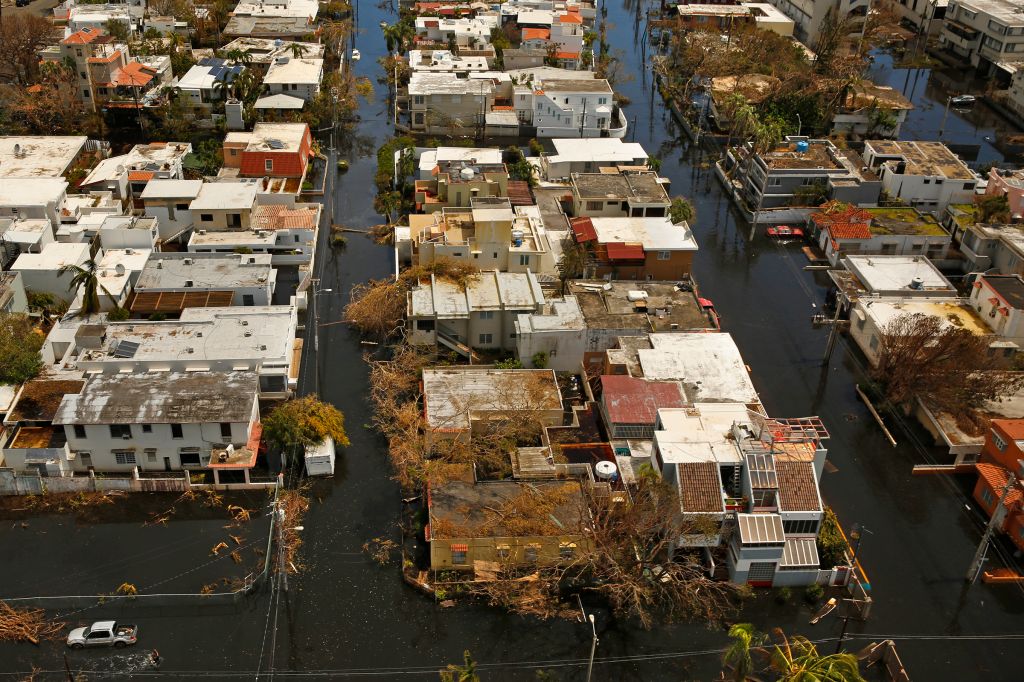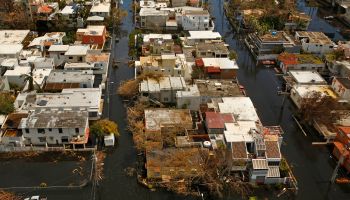
Source: Carolyn Cole / Getty
Another Atlantic Hurricane season goes in the book on Monday with a record amount of storms in 2020.
A total of 30 named storms ravaged the eastern part of the United States with six of those developing into major hurricanes, according to the National Oceanic and Atmospheric Administration (NOAA). The foremost authority in storm forecast, along with a team from Colorado State University gave a bold prediction of 16 named storms, including eight hurricanes prior to the season on April 2.
The prediction took into account the overwhelming evidence of global impacts, but experts didn’t expect the 2020 season to yield twice as many named storms and a total of 13 hurricanes.
“The 2020 season got off to an early and rapid pace with a record nine named storms from May through July, and then quickly exhausted the 21-name Atlantic list when Tropical Storm Wilfred formed on September 18. For only the second time in history, the Greek alphabet was used for the remainder of the season, extending through the 9th name in the list, Iota.”
“We were forecasting a well above-average season in April, June and July, and increased that forecast to an extremely active season in August,” said Phil Klotzbach, a research scientist at the university’s Department of Atmospheric Science.
Seven weeks after CSU put out its initial forecast, NOAA forecasted a 60% chance for an above-normal season, predicting a 70% chance of having 13 to 19 named storms, of which six to 10 could develop into hurricanes, including three to six major hurricanes.
“Obviously, given our forecast named storm numbers, we were quite surprised to see 30 named storms, but as you can see from other indices that we forecast, most of them were close to in line with our predictions,” Klotzbach said.
Four storms impacted the Carolinas during the season with two of them making a direct hit. The most notable being the remnants of Hurricanes Zeta and Delta that caused widespread flooding in several areas. North Carolina is ranked fourth, after Florida, Texas and Louisiana in the total number of hurricanes since statistics were first recorded in 1883.
The strongest storm to strike the Tar Heel state was Hurricane Hazel on Oct. 15, 1954, which made landfall as a Category 4. Hazel was both the costliest and deadliest storm during the period, causing over $1 billion in damage (2020 USD) and 19 deaths. Seven Category 3 hurricanes have caused destruction in North Carolina since Hazel, but there hasn’t been a stronger storm to hit the state.
Historic 2020 Atlantic Hurricane season ends today was originally published on wbt.com















